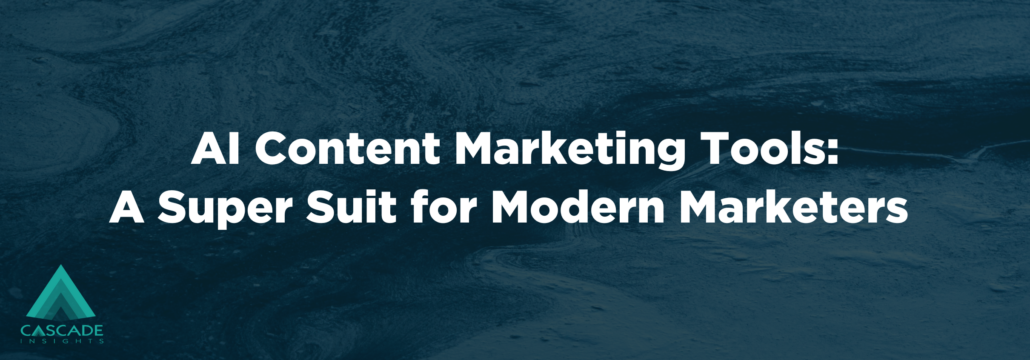
AI Content Marketing Tools: A Supersuit for Modern Marketers
AI-based content assistants are continuing to evolve, and a marketer who fails to get used to wearing a super-suit will be left behind. Worse yet, while you’re falling behind personally, your team, company, clients, or partners will feel the pain as well.





